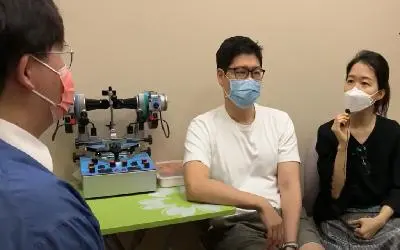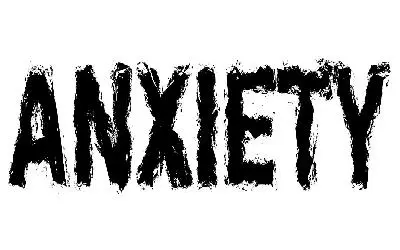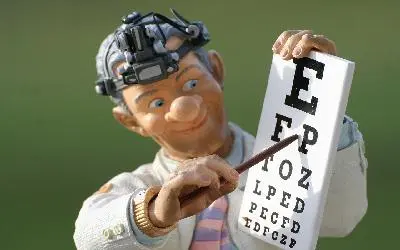BLOGPOST
NAVIGATING THE INSIGHTS OF NEURAL VISION SPECIALIST
Welcome to our latest blog post. This post is dedicated to individuals undergoing or considering neuro vision therapy, a specialized form of therapy aimed at improving visual function and processing. Here, we delve into what neuro vision therapy entails, its benefits, and how it can significantly enhance the quality of life for those with visual dysfunctions.
The blog features expert insights from eye care professionals, success stories from patients, and practical tips for making the most out of your therapy sessions. Whether you’re a patient, a caregiver, or just someone curious about this innovative approach to eye care, this post offers valuable information and guidance. Join us as we explore the transformative world of neuro vision therapy and provide you with the knowledge and support you need on your journey to better vision.
What’s Really Causing Your Child’s Reading Problem?
Functional vision issues, which involve the brain, eyes and visual pathways working together, can cause difficulties in reading and writing for children. These problems may not be detected by conventional eye examinations and can include poor convergence, laterality, form discrimination, span of recognition, visualization, tracking, orientation, and focusing. Vision therapy, involving exercises and various tools, is an effective treatment for improving these underperforming visual skills.
Vision Changes In Parkinson’s Disease
Parkinson’s disease (PD) often causes decline in visual acuity, dry eyes, and discomfort. Including a neuro-ophthalmologist in the healthcare team can help manage these issues. Motor symptoms include blurred vision, eye strain, reading difficulties due to slowed eye movements, and difficulty opening the eyes. Dry eyes are common as PD individuals blink less frequently than normal. Seborrheic blepharitis can intensify dry eye symptoms. Traumatic Brain Injury can impact various visual skills such as tracking, fixation, focus change, depth perception, peripheral vision, binocularity, sustaining attention, visualization, near vision acuity, distance acuity, and vision perception.
Enhance Reading and Behavior through Vision Therapy
A Korean parent shares their experience with Mr. Stanley and their child’s continuous improvement in reading performance.
Post-Stroke vision problem
Stroke rates in Malaysia doubled from 0.3% to 0.7% between 2006 and 2011, with vision problems being a common issue among survivors. These issues include visual field loss, eye movement problems, and visual processing problems. Neuro-Optometric Vision rehabilitation is crucial for improving patients’ visual function post-stroke. Patients should consult a Neuro-optometrist for suitable treatment plans.
Anxiety disorders affect millions of people each year. Surprisingly, specific vision issues can spark anxious thoughts and feelings.
Binocular Vision Dysfunction (BVD) is a condition that can occur after a traumatic brain injury and can cause anxiety and panic attacks because the eyes are not aligned properly. Symptoms of BVD include seeing double, being sensitive to light, having trouble judging distances, difficulty reading, having a shorter attention span, feeling dizzy or disoriented, struggling to navigate through crowds, feeling anxious, experiencing nausea, and having pain in the neck and shoulders. In severe cases, BVD can lead to agoraphobia. Medications for anxiety may not help with BVD-related anxiety and could make symptoms worse. A Functional Vision Evaluation can diagnose BVD, and treatment involves using special lenses called prism spatial lenses to realign vision. This can reduce symptoms by 30-50% immediately and up to 70-80% with consistent use. Neuro-optometric rehabilitation, along with prism lenses, can address the underlying issue.
Binocular Vision Dysfunction
Binocular Vision Dysfunction (BVD) is a condition where the eyes do not work together properly, which can cause double vision or vertical heterophoria. Symptoms include headaches, dizziness, trouble reading, and feeling anxious in crowded places. It is recommended that children and adults, especially those with difficulty reading, head injuries, or developmental delays, have regular eye exams. These exams assess how well the eyes work together, focus, and move.






